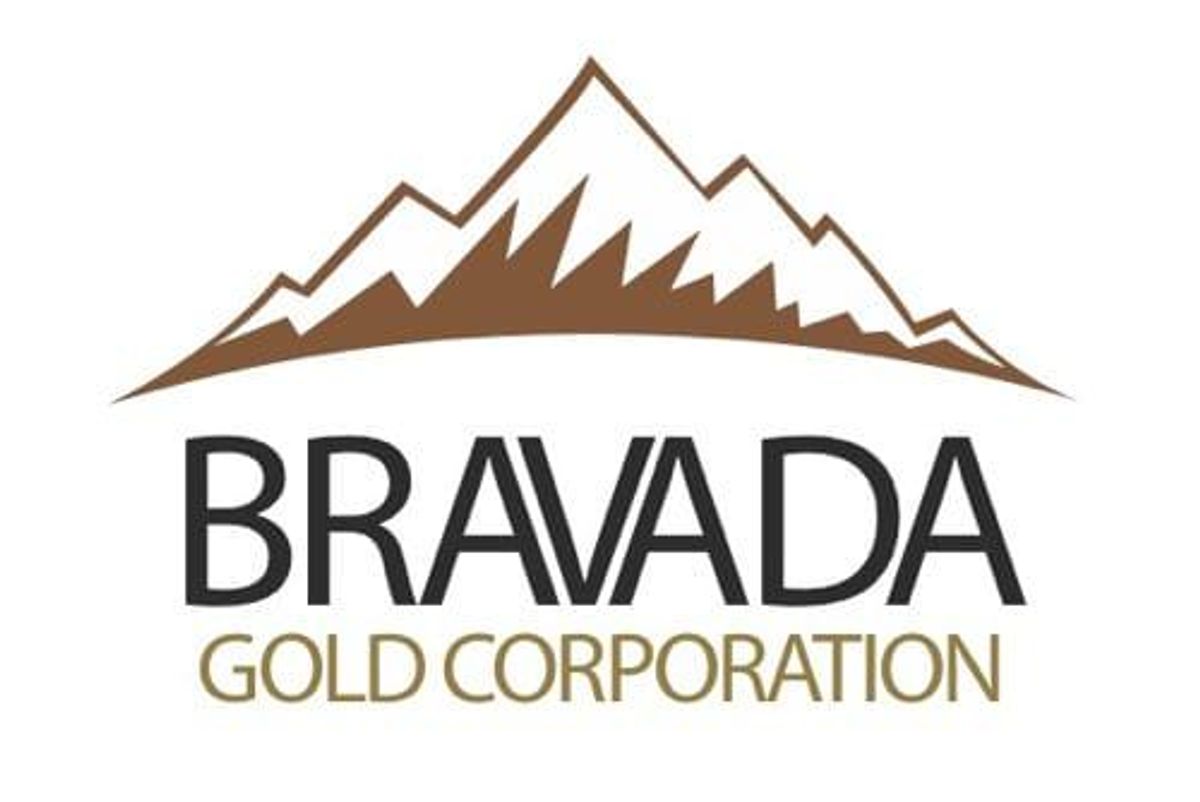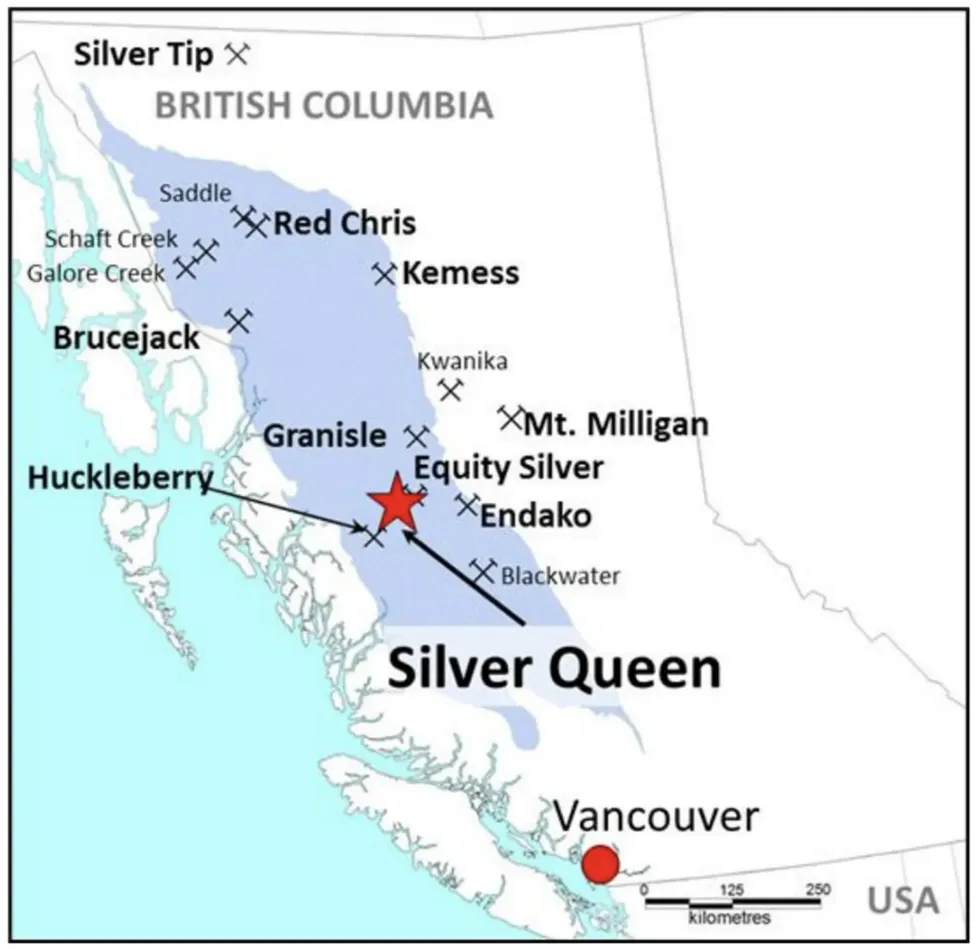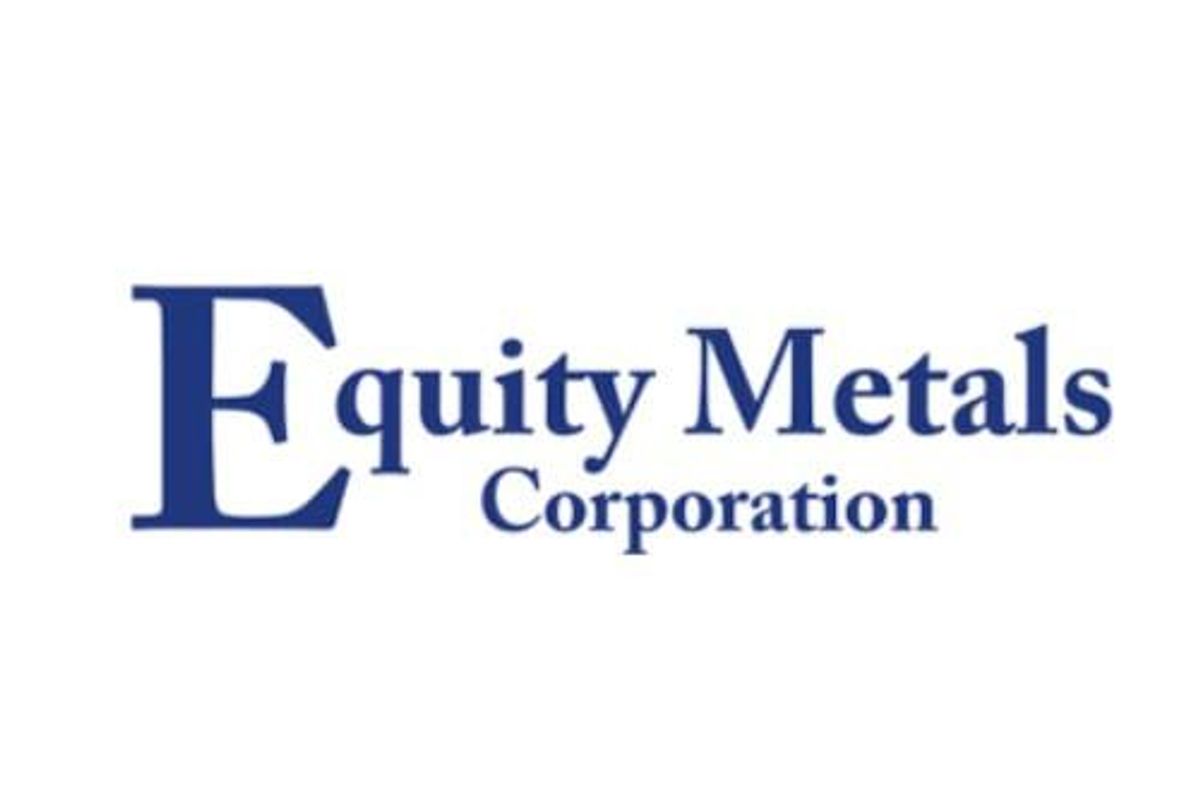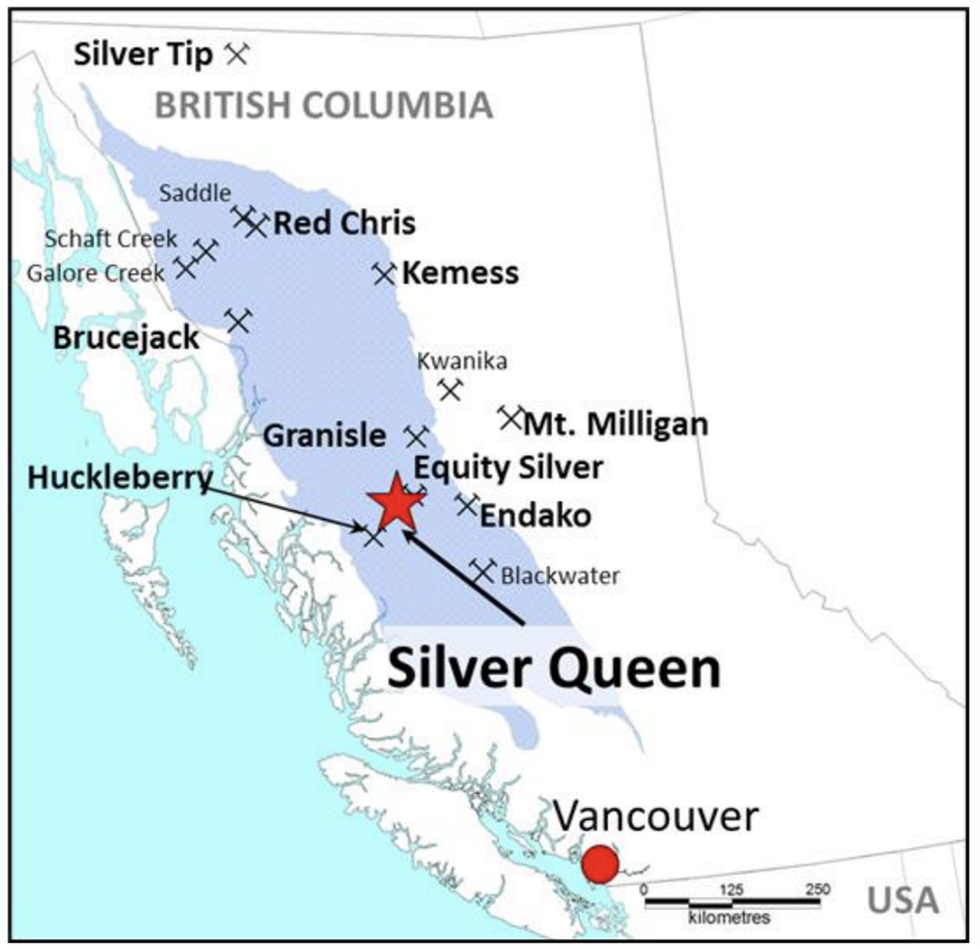
Bravada Gold Corporation (TSXV: BVA) (FSE: BRTN) (the "Company" or "Bravada") reported today that the Company has requested a 30-day extension, subject to TSXV approval, to close the previously announced non-brokered private placement.
The Company announced (August 9th, 2021) that it had closed the first tranche of its previously reported non-brokered private placement by issuing 4,260,000 units at a price of $0.07 per unit for gross proceeds of $298,200. Each unit consists of one common share and one share purchase warrant exercisable to purchase one additional common share for a period of two years at an exercise price of $0.12 per share.
Net proceeds from the private placement will be used for continued exploration on the Company's 100% owned Wind Mountain Au-Ag project, sustaining fees for the Company's Nevada-based claims, and for working capital.
This press release shall not constitute an offer to sell or the solicitation of an offer to buy the units, nor shall there be any sale of the units in any jurisdiction in which such offer, solicitation or sale would be unlawful prior to the registration or qualification under the securities laws of any such jurisdiction. The units being offered will not be, and have not been, registered under the United States Securities Act of 1933, as amended, and may not be offered or sold within the United States or to, or for the account or benefit of, a U.S. person.
About Bravada
Bravada is an exploration company with a portfolio of high-quality properties in Nevada, one of the best mining jurisdictions in the world. Bravada has successfully identified and advanced properties with the potential to host high-margin deposits, frequently attracting partners to fund later stages of project development. Bravada's value is underpinned by a substantial gold and silver resource with a positive PEA at Wind Mountain, and the Company has significant upside potential from possible new discoveries at its exploration properties.
Since 2005, the Company signed 32 earn-in joint-venture agreements for its properties with 19 publicly traded companies, as well as a similar number of property-acquisition agreements with private individuals. Bravada currently has 10 projects in its portfolio, consisting of 810 claims for approximately 6,500 ha in two of Nevada's most prolific gold trends. Most of the projects host encouraging drill intercepts of gold and already have drill targets developed. Several videos are available on the Company's website that describe Bravada's major properties, answering commonly asked investor questions. Simply click on this link https://bravadagold.com/projects/project-videos/.
-30-
On behalf of the Board of Directors of Bravada Gold Corporation
"Joseph A. Kizis, Jr."
Joseph A. Kizis, Jr., Director, President, Bravada Gold Corporation
For further information, please visit Bravada Gold Corporation's website at bravadagold.com or contact the Company at 604.684.9384 or 775.746.3780.
Neither TSX Venture Exchange nor its Regulation Services Provider (as that term is defined in the policies of the TSX Venture Exchange) accepts responsibility for the adequacy or accuracy of this release.
This news release may contain forward-looking statements including but not limited to comments regarding the timing and content of upcoming work programs, geological interpretations, receipt of property titles, potential mineral recovery processes, etc. Forward-looking statements address future events and conditions and therefore involve inherent risks and uncertainties. Actual results may differ materially from those currently anticipated in such statements. These statements are based on a number of assumptions, including, but not limited to, assumptions regarding general economic conditions, interest rates, commodity markets, regulatory and governmental approvals for the company's projects, and the availability of financing for the company's development projects on reasonable terms. Factors that could cause actual results to differ materially from those in forward-looking statements include market prices, exploitation and exploration successes, the timing and receipt of government and regulatory approvals, and continued availability of capital and financing and general economic, market or business conditions. Bravada Gold Corporation does not assume any obligation to update or revise its forward-looking statements, whether as a result of new information, future events or otherwise, except to the extent required by applicable law.
This news release is not intended for distribution to United States newswire services or dissemination in the United States.

To view the source version of this press release, please visit https://www.newsfilecorp.com/release/97635










